National WWII Home Defence airforce squadron re-forms for 24/7 surveillance
A legendary air force squadron from WWII has been reformed to work as a “home defence” spy unit to protect our military bases.
National
Don't miss out on the headlines from National. Followed categories will be added to My News.
A LEGENDARY air force squadron disbanded 76 years ago has been reformed to again take on duties as an airborne “home defence” spy unit, gathering intelligence and early warning protection of Australia’s sea lanes and military bases.
The RAAF’s Number 83 squadron intelligence unit was first raised in 1943 at the height of Japan’s World War Two Pacific push, first in Brisbane and then operating from an airstrip in the Tiwi Islands off the Northern Territory.
It was disbanded shortly after the end of the war in 1945 from its then home base in Menangle south west of Sydney.
But it will be formally re-established with a parade this Friday, 78 years to the day it was first formed as central to the ADF’s push to increase capacity to protect our borders with advanced integrated intelligence, surveillance and reconnaissance (ISR) systems.
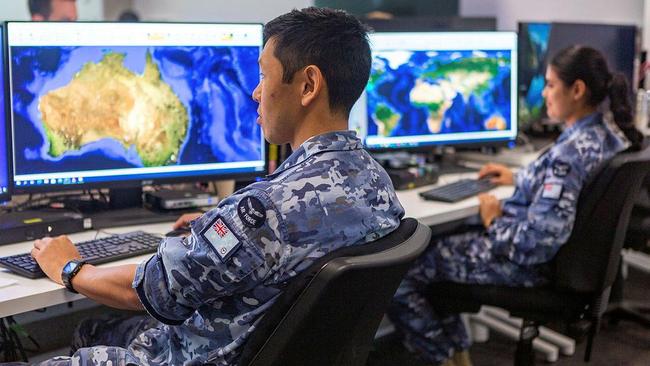
The squadron takes in the Distributed Ground Station – Australia unit which collects and analyses intelligence from RAAF’s growing fleet of ISR aircraft and other integrated signals intelligence sources including from coalition partners such as the US Air Force (USAF).
The renewed focus and designated squadron stemmed from the 2020 Defence White Paper strategic update which concluded regional security had dramatically deteriorated quicker than anticipated and in ways not previously foreseen with both the US and Australia declaring the region a “priority theatre”.
The RAAF was seen as critical not just in a warfighting capacity but in surveillance and advanced intelligence-based co-ordination with land and sea forces.
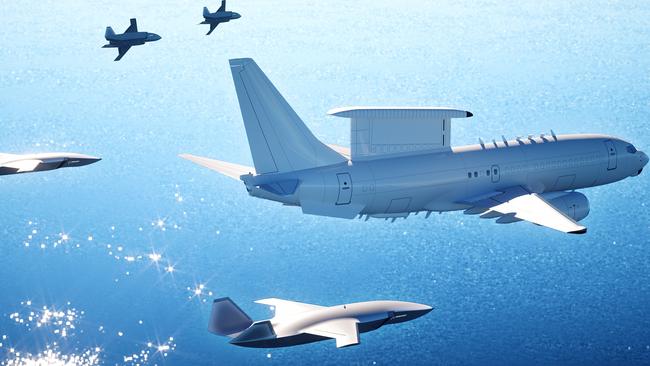
The forming of the squadron also comes as the RAAF is set to acquire another two P-8A Poseidon surveillance aircraft to bring the total fleet size to 14. These will work alongside three high altitude long range MQ-4C Triton and MQ-9B Sky Guardian UAV aircraft and much anticipated acquisition of the manned electronic warfare MC-55 Peregrine (modified Gulfstream) and the Boeing Australia designed subsonic Loyal Wingman combat drone.
Both Defence and the RAAF declined to comment about the unit but in a statement to his personnel new Commanding Officer Wing Commander Andrew Miller said it was time for the squadron to “build its own history, customs and traditions.”
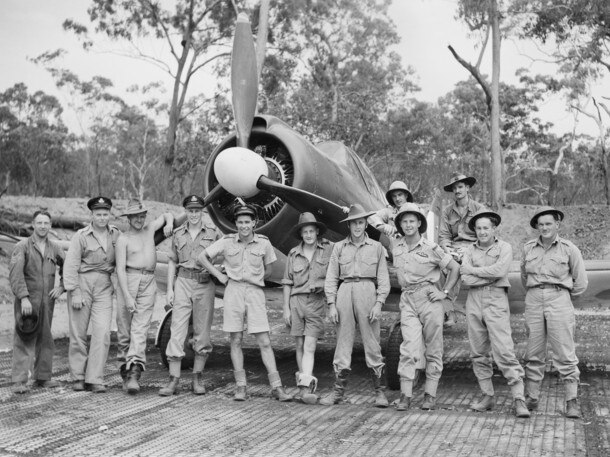
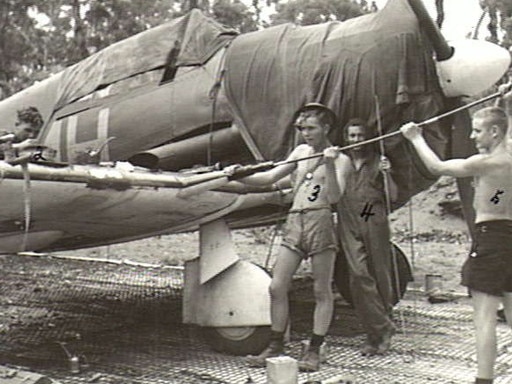
In 1943 the squadron flew P-39 Airacobra, Wirraways and Boomerang aircraft but the new incarnation will be more remote piloting and intelligence gathering. Its mission is to defend national interests through sea lane, military base surveillance and real time tactical support to other ADF assets.
“Similarly to being tasked with home defence in 1943, the reformed No. 83 Squadron will operate exclusively from RAAF Base Edinburgh in defence of Australia’s national interests,” Commander Miller said.

Late last year RAAF chief Air Marshal Mel Hupfeld indicated a broadening of responsibilities for the air force including more surveillance missions including for allies like Japan and Malaysia.
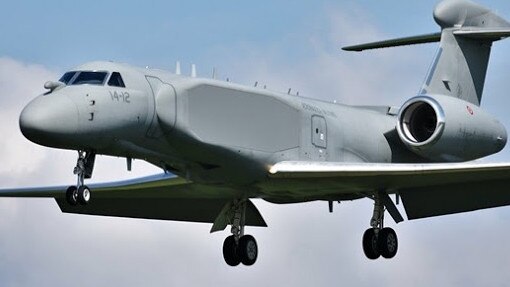
“It is therefore necessary to broaden air force’s strategic aperture to encompass much greater utility than merely contributing to high-end warfighting,” he told the Australian Strategic Policy Institute.
“In short, air force must be part of Australia’s ability to synchronise and mobilise all aspects of national power.”
While the northern approaches to Australia such as the Timor Gap are seen as critical so too is the ever growing global strategic asset Antarctica, where China’s footprint continues to grow.




